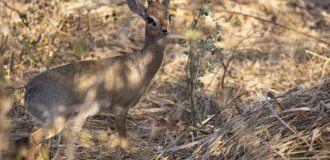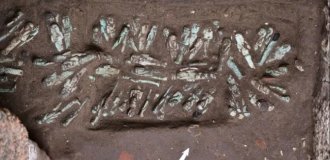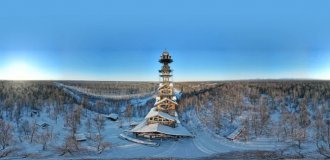A Ghost Village on the Remote Island of Hirta (10 Photos + 1 Video)
The last inhabitants of one of Britain's most remote islands were evacuated in 1930. 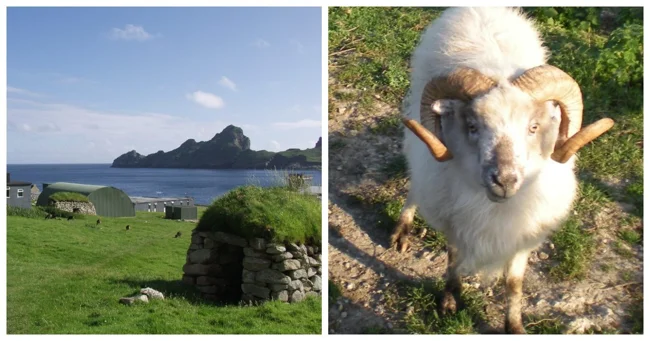
Although inhabited for over 2,000 years, the Kilda archipelago has been abandoned since 1930. When the last inhabitants of the UK's most remote islands asked to be evacuated to the mainland, they left behind a traditional Scottish coastal village that now lies in ruins. 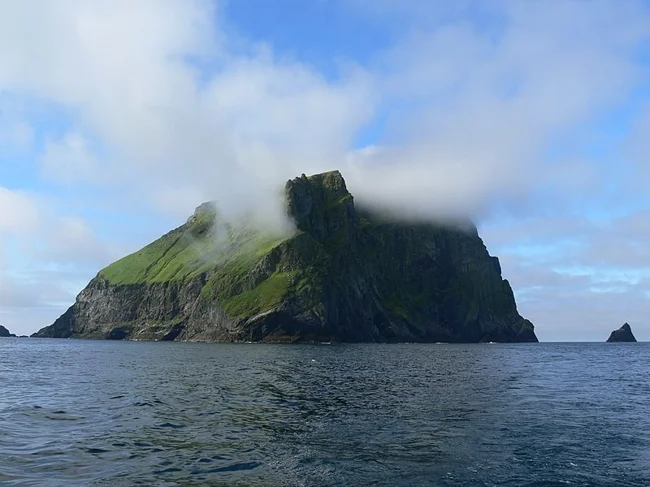
Hirta Island
St Kilda is a small North Atlantic archipelago of four islands, located 40 miles (65 km) west of its closest neighbors, the Outer Hebrides (Scotland). Beyond St Kilda, the next land to the west is Labrador, Canada. It is home to one of the world's largest colonies of pufferfish and a small military base. This remote outpost was once the base of a wealthy community, much of it based in the now-destroyed village of Hirta Island. 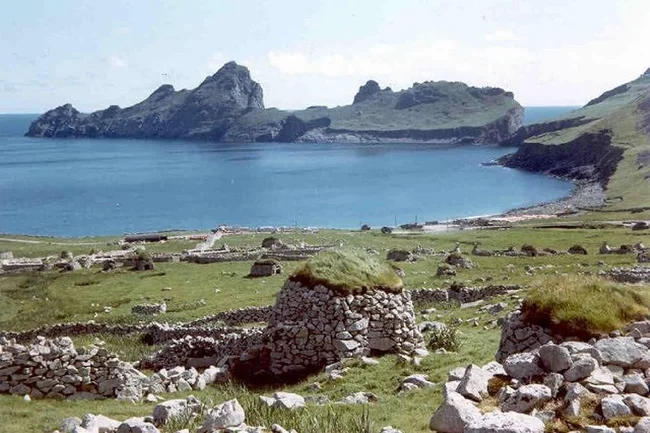
Village Bay, Hirta, St Kilda
Stone tools and a Bronze Age quarry found at Mullach Sgar on Hirta indicate that people have inhabited the area for at least 2,000 years, if not more. People used small boats to travel between the islands, and seabirds were a delicacy for the islanders. 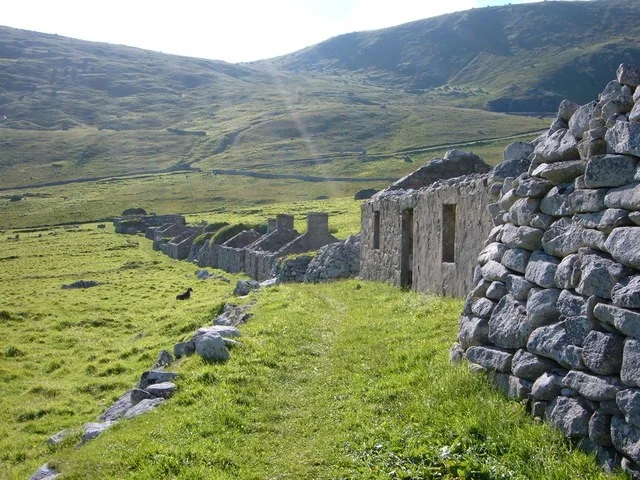
Abandoned Houses
But in the early 20th century, the traditional way of life of the inhabitants, which included sheep farming, cloth production and fishing, gradually began to collapse. Steamboats with tourists buying cloth introduced the Gaelic-speaking islanders not only to the cultural heritage of the rest of the country, but also to pathogens. Many young islanders left, in particular, for Melbourne, where they founded the suburb of St. Kilda. 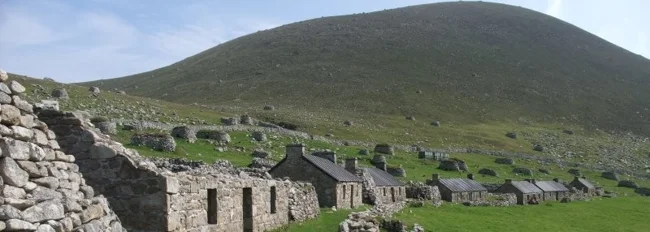
In addition, an entire generation perished during World War I, which affected the islands directly, albeit briefly. A German submarine destroyed the lighthouse and church. After the war, influenza and contaminated farmland reduced the population from 73 in 1920 to 36 by 1928. 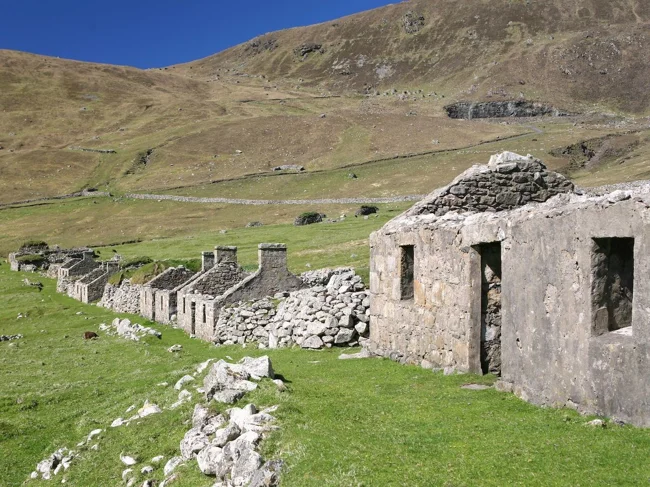
In 1930, after the girl died from appendicitis and pneumonia, which had already been successfully treated on the mainland, the remaining inhabitants of the island reluctantly asked to be evacuated. 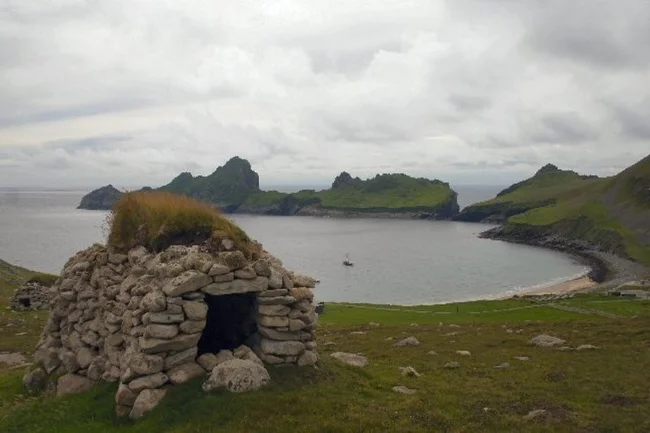
Their previous life became impossible in the face of changing realities and a rapidly declining population. The evacuation took place on August 29 of that year, when a ship called the Harebell delivered the remaining villagers to their new homes on the Scottish mainland. Before boarding the ship, the inhabitants left a dish of grain and an open Bible in each hut. The last former St Kilda resident, who was taken away when she was eight years old, died in April 2016. 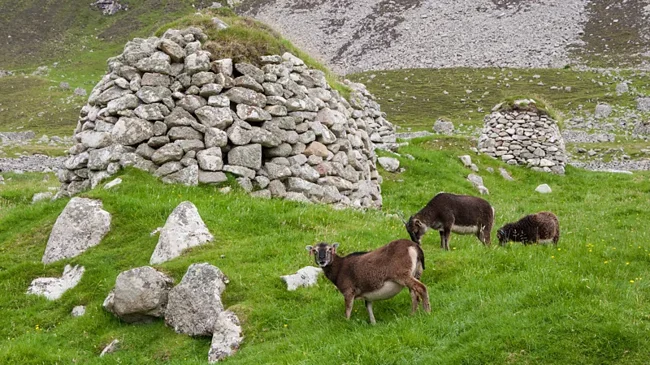
Today, the islands are a dual UNESCO World Heritage Site, both for cultural and environmental reasons - their history and bird colonies. The islands are owned by the National Trust for Scotland. 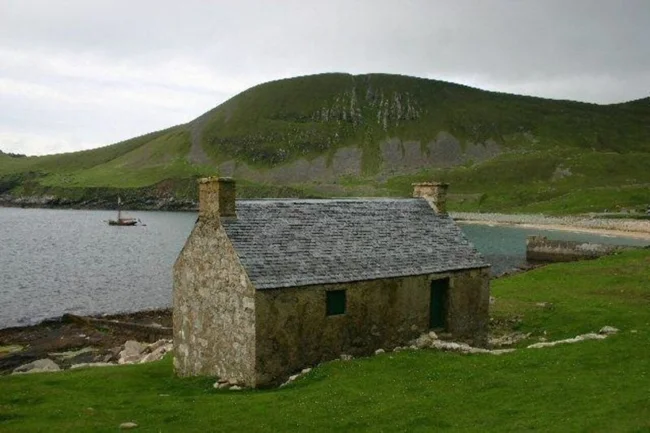
It is also home to a small British military base, a population of Soy sheep, an ancient breed that continues to thrive on the outer islands, and a population of wild Boreray sheep, the rarest in the UK. 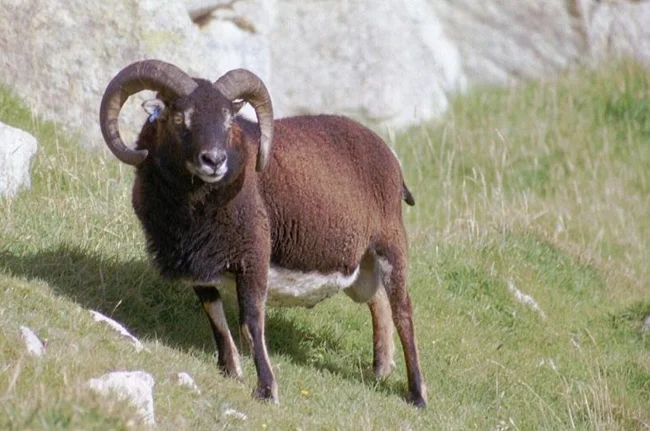
A Soy ram

